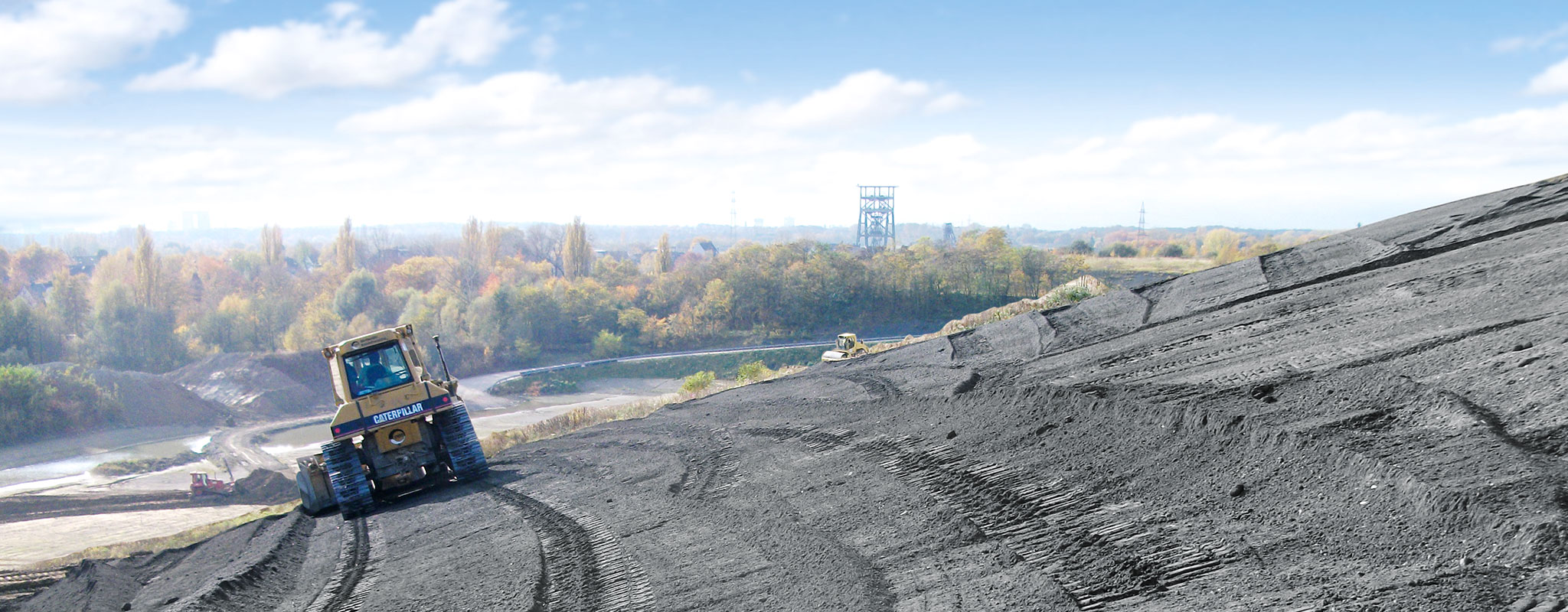In accordance with the German Circular Economy Act (KrWG), municipalities are responsible for providing sufficient landfill space. In accordance with § 20 KrWG, as a public waste management authority, they are responsible for the disposal of municipal waste as well as for the accepting of other types of waste, such as construction and demolition waste and soil.
Search
Company locations
The whole picture – with just a single click. Find out here where our branches are located, what services they offer and how to contact them.
REMONDIS Group locations
Discover the world of REMONDIS with its approx. 900 branches and associated companies in over 30 countries across Europe, Africa, Asia and Australia.
Waste management plans, demand forecasts and waste statistics
Within the framework of the German Circular Economy Act and other legal requirements, the individual federal states regularly draw up and publish waste management plans and demand forecasts. From these data, the regional need for action regarding the creation of landfill capacities can be identified. The regular Waste Balance Sheet of the Federal Statistical Office (Statistisches Bundesamt) provides a nationwide overview of the actual amount as well as the recycling and disposal rates of waste by type.
Biggest waste stream: Mineral waste
Looking at the latest Waste Balance Sheet of the Federal Statistical Office, the 2022 waste volume of 400 million tonnes is distributed as follows:

With around 54%, construction and demolition (CDM) waste remains by far the largest waste stream. The recycling quota of these mineral materials amounts to 89%, approx. 23 million tonnes were deposited. Construction and demolition waste is supplemented by other mineral waste from the thermal recycling of municipal waste. In Germany, for example, around 6 million tonnes of ash from municipal solid waste incineration are produced every year, some of which are sent to landfill if no other recycling route, such as earthworks, road construction or landfill construction, is available after processing. In addition, there are other waste streams, e.g. from production and trade.
Waste disposal according to the Waste Balance Sheet of the Federal Statistical Office
The recovery rate for all waste streams in Germany amounts to 82%. In total, 72.5 million tonnes of waste were disposed of in 2022, including 65.1 million tonnes of which were sent to landfill.

Number and input volumes of landfills
In addition to the statistics by kind of waste, the Federal Statistical Office publishes an annual overview of the German landfills in operation and the quantities deposited. According to this, in total 39.3 million tonnes of waste were landfilled. Due to their low level of contamination the largest waste volumes are disposed of in landfills of classes 0 and I.
| Type of facility | Landfills | |
|---|---|---|
Number | Input [Mil. t] | |
| Landfills total | 1,001 | 39.3 |
| Landfills class 0 | 700 | 15.4 |
| Landfills class I | 128 | 13.3 |
| Landfills class II | 146 | 6.2 |
| Landfills class III and IV | 27 | 2.4 |
Abfallentsorgung 2022 – Input der Deponien
Mineral waste: Mainly low contaminated construction and demolition waste
Mineral waste such as soil, building rubble, gypsum, ash or asphalt are low contaminated mineral waste and, if they are not recyclable, are typically deposited at class I landfill sites.





Planning landfill capacities: Responsibility of local authorities

The Waste Framework Directive requires that waste management plans are developed. Mandatory inventories such as these show that in some federal states there may be shortfalls of disposal capacities in the short to medium term. Especially affected would be the largest waste stream, the low contaminated mineral waste, if countermeasures are not taken. Therefore, municipalities are called upon to fulfil their task of providing sufficient landfill volume for lightly to moderately contaminated mineral waste.
In addition to long-term disposal security, it is also in the interest of the municipalities to ensure stable and affordable waste fees. This is why it is equally important for municipalities to operate landfills economically, to make the best possible use of existing landfill capacities and to identify the best sites such as existing landfills for the creation of additional capacities.




